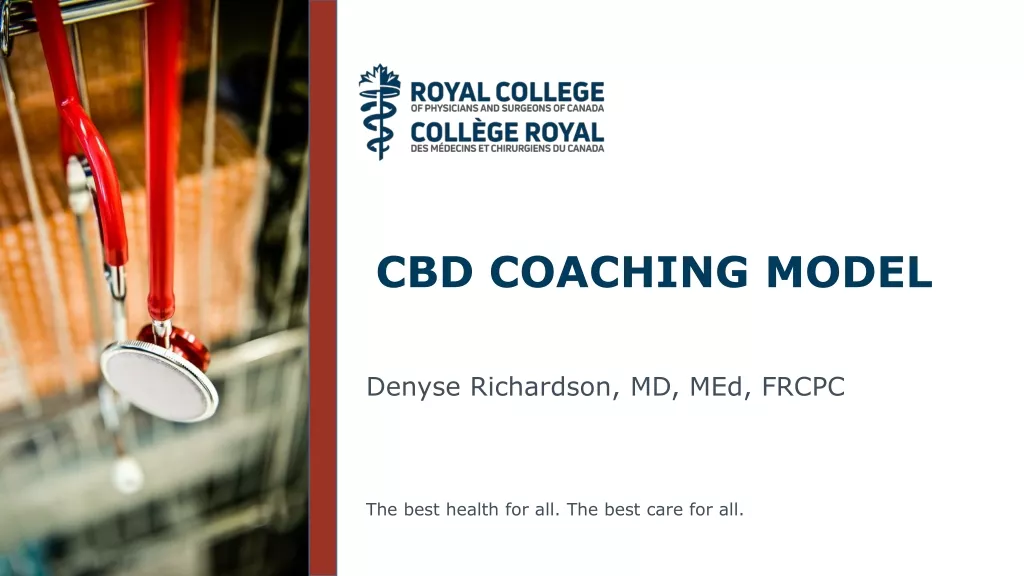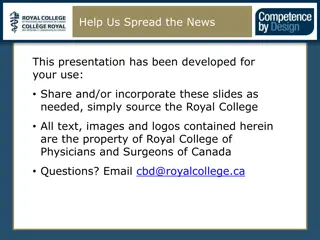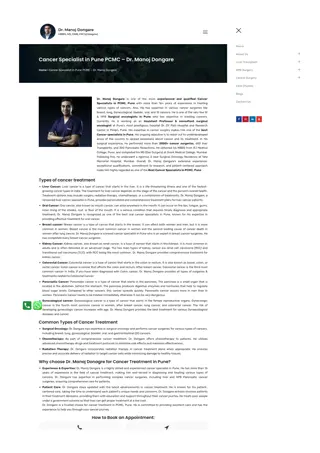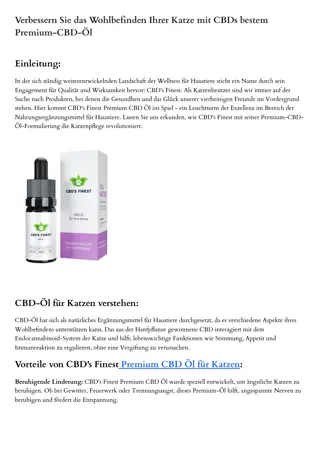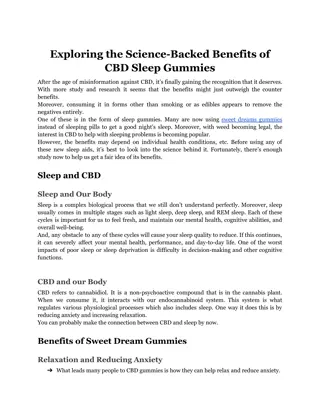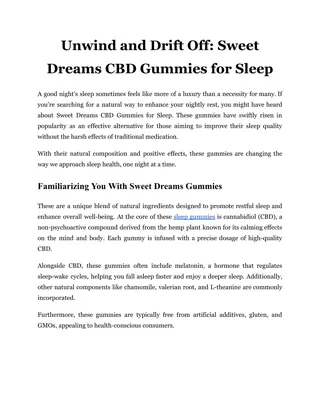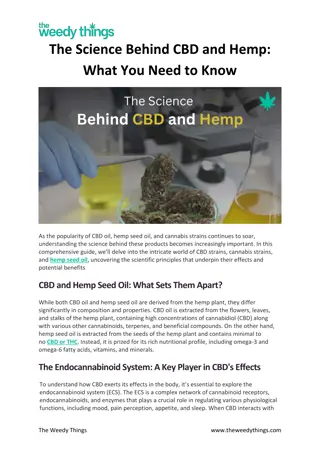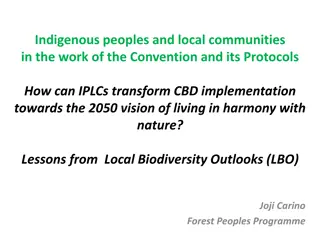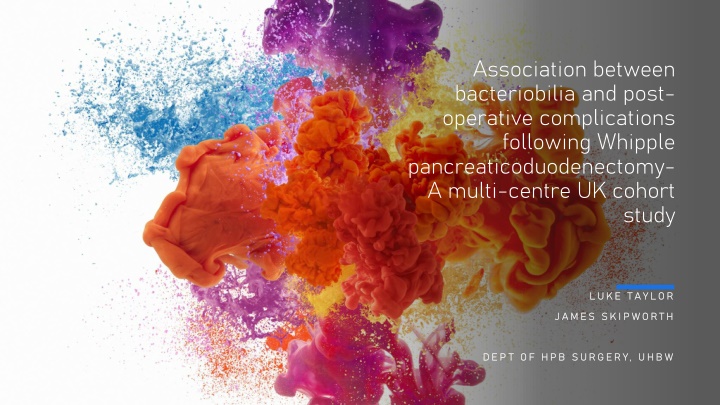
Association Between Bacteriobilia and Post-operative Complications in Whipple Pancreaticoduodenectomy: UK Study
Explore the association between bacteriobilia and post-operative complications in Whipple pancreaticoduodenectomy based on a multi-centre UK cohort study. Findings indicate a potential link between disruptions to the biliary microbiome and surgical site infections (SSI) and postoperative pancreatic fistulas (POPF).
Uploaded on | 2 Views
Download Presentation

Please find below an Image/Link to download the presentation.
The content on the website is provided AS IS for your information and personal use only. It may not be sold, licensed, or shared on other websites without obtaining consent from the author. If you encounter any issues during the download, it is possible that the publisher has removed the file from their server.
You are allowed to download the files provided on this website for personal or commercial use, subject to the condition that they are used lawfully. All files are the property of their respective owners.
The content on the website is provided AS IS for your information and personal use only. It may not be sold, licensed, or shared on other websites without obtaining consent from the author.
E N D
Presentation Transcript
Association between bacteriobilia and post- operative complications following Whipple pancreaticoduodenectomy- A multi-centre UK cohort study L U K E T A Y L O R L U K E T A Y L O R J A M E S S K I P W O R T H J A M E S S K I P W O R T H D E P T O F H P B S U R G E R Y, U H B W D E P T O F H P B S U R G E R Y, U H B W
What Do We Know What Do We Know It is well reported that ERCP with disruption of the ampullary complex introduces bacteria into the biliary system in up to 90% of patients. Emerging evidence suggests that such alterations to the biliary microbiome contribute to post-op complications, including SSI and POPF. Bacteria cultured from the biliary system following ERCP are often multi- species and multi-resistant.
What Have We Done? What Have We Done? Consecutive Whipple's data collected from three tertiary centres (Bristol, Leeds, Guildford) over a 5-year period. Data regarding demographics, peri-operative antibiotics, bacterial growth and sensitivity/resistance (from intra-operative bile samples), post-op complications. Sterile bile culture Bile cultures sensitive to peri-operative antibiotics Bile cultures not sensitive to peri-operative antibiotics Comparison of patient groups:
Demographics Demographics Demographic Subgroup Number Sex Male 209(55%) Female 174(45%) Age, years (IQR) 68 (59-73) Body Mass Index (IQR) 25 (21.88-28.0) ASA Grade 1 22(57.4%) 2 242(63.2%) 3 95(24.8%) 4 1(0.0%)
Biliary Intervention and Risk of POPF Biliary Intervention and Risk of POPF Pre-operative Biliary Intervention Yes No 180(47%) 203(53%) Post-operative Pancreatic Fistula Risk Score Low (1-2 points) Medium (3-6 points) High (7-10 points) 133(34.7%) 173(45.2%) 77(20.1%) Positive Bile Culture Yes No 136(35.5%) 247(64.5%)
Antibiotic Antibiotic Number Number Peri Peri- - operative operative antibiotic antibiotic usage usage Co Co- -Amoxiclav Amoxiclav 131 Amoxicillin/Metronidazole/Gentamicin Amoxicillin/Metronidazole/Gentamicin 53 Cefuroxime/Metronidazole Cefuroxime/Metronidazole 128 Co Co- -amoxiclav/Gentamicin amoxiclav/Gentamicin 3 Teicoplanin/Metronidazole/Gentamicin Teicoplanin/Metronidazole/Gentamicin 23 Not Not recorded recorded 45
Bacterial Bacterial Growth Growth Bacteria No. pts Monomicrobial 42(42%) Polymicrobial 94(69%) Gram Negative E.coli 44(32.4%) Klebsiella 37(27.2%) Enterobacter 19(14%) Coliform 22(16.2%) Citrobacter freundii 10(7.3%) Gram Positive Enterococcus 69(50.1%) Streptococcus 14(10.3%)
Antibiotic Antibiotic Sensitivities Sensitivities Antibiotic Number of bile samples containing sensitive bacteria 44 43 35 22 22 21 10 8 Ciprofloxacin Gentamicin Co_Trimoxazole Amoxicillin Co_Amoxiclav Piperacillin-Tazobactam Cefuroxime Meropenem
Complication Sterile Bile n=244 Sensitive bile n=36 Non-Sensitive Bile n=100 p Value Length of stay Days, median (IQR) 11(8-19) 15(11-22) 20(13-28) < 0.0001 Post Post- -operative operative Complications Complications Clavien-Dindo Score (%) 0.0379 0 98 (40%) 15 (42%) 25 (25%) 1 46 (19%) 3 (8%) 17 (17%) 2 59 (24%) 7 (19%) 25 (25%) 3 31 (13%) 8 (22%) 23 (23%) 4 7 (3%) 3 (8%) 7 (7%) 5 3 (1%) 0 (0%) 3 (3%) Surgical Site Infection (%) Superficial 25 (10%) 8 (24%) 34 (34%) < 0.0001 Intra-abdominal 33 (14%) 4 (12%) 21 (21%) 0.1157 Roberts Fistula Risk Score (IQR) 4(2-6) 4(2-7.25) 4(2-6) 0.7967 Post-Operative Pancreatic Fistula (POPF) (%) < 0.0007 (Fischer s exact combined analysis) No Fistula 204 (83%) 27 (80%) 63 (63%) Biochemical 23 (9%) 5 (15%) 12 (12%) Grade B 14 (6%) 2 (6%) 14 (2%) Grade C 5 (2%) 2(6%) 11 (11%)
Controls Controls Fistula risk vs POPF Fistula risk vs POPF Fistula risk vs Sterility Fistula risk vs Sterility A B Roberts score vs Sterility Roberts score vs Pancreatic Leak 15 15 Roberts Fistula Risk Score Roberts Fistula Risk Score 10 10 A) Box plot demonstrating correlation between Fistula risk score and risk of clinically relevant (POPF). 5 pancreatic leak 5 0 B) Box plot demonstrating similar fistula risk score in patient cohorts with bile that was sterile; bacteria sensitive to peri-operative antibiotics; and bacteria non-sensitive operative antibiotics. 0 Ste rile Treated Untreated Bile culture G rade B G rade C N o Leak B iochem ical Grade of Pancreatic Leak bile containing bile containing to peri-
Untreated Bile Untreated Bile is a risk factor is a risk factor for POPF for POPF No POPF 204(%) 27(%) Biochemical Grade B 14(%) 2(%) Grade C 5(%) 2(%) P value Sterile Bacteriobilia sensitive peri-op Abx 23(%) 5(%) 0.33 to Bacteriobilia not to peri-op Abx 63(%) 12(%) 14(%) 11(%) < 0.0001 sensitive All Bacteriobilia 90(%) 17(%) 16(%) 13(%) 0.0015
Length of Stay Length of Stay Sterility of Bile vs Length of Stay Sterile 100 Percentage of Patients Sensitive Non-Sensitive Patients with bacteriobilia experienced longer hospital stays than those with sterile bile (median of 11 days sterile vs. 18 days bacteriobilia; p < 0.0001). 50 0 0 20 40 60 80 Patients with bacteriobilia not sensitive to antibiotics experienced the longest in-patient stay (median of 15 days vs 20 days; p < 0.0001) Discharged from Hospital (days)
Pre-op biliary instrumentation is a known risk for bacteriobilia Conclusions Conclusions Use of incorrect antibiotics is associated with increased risk of Clavien-Dindo complications, SSI, CR-POPF and LoS. The tailoring of peri-operative antibiotics to local biliary microbiomes may be a further crucial strategy for the reduction of rates of SSI and POPF following PD. These results would suggest that broad-spectrum, extended courses of antibiotics are likely to be associated with improved SSI and POPF rates following PD. Individualised genomic approaches could be considered in future via the sampling of bile at biliary intervention



